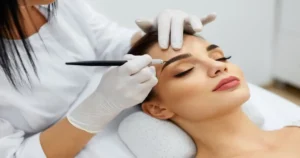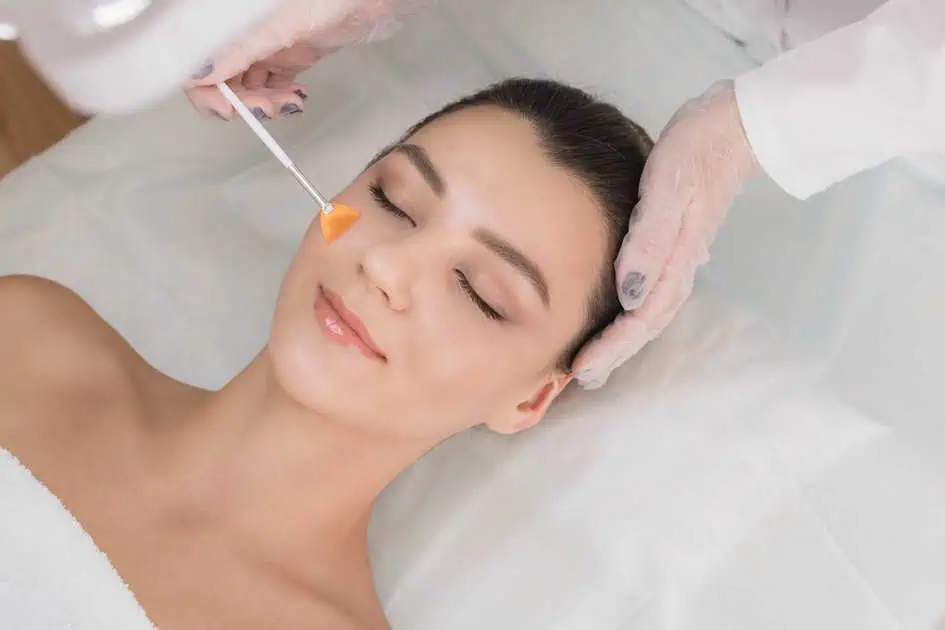Platelet-rich plasma (PRP) therapy has gained considerable attention for its potential to harness the body’s natural healing processes. By concentrating platelets from a patient’s own blood, PRP aims to promote tissue repair and regeneration. This treatment is being explored for various applications, from enhancing skin rejuvenation to supporting hair growth and aiding the recovery of musculoskeletal injuries. The appeal of PRP lies in its autologous nature, reducing the risk of allergic reactions and complications. As more people seek natural and minimally invasive solutions for both medical and cosmetic concerns, PRP stands out as a promising option worth considering.
What is Platelet-Rich Plasma (PRP)?
Platelet-rich plasma (PRP) is a treatment derived from a patient’s own blood, which is processed to concentrate the platelets. Platelets are tiny blood cells that are best known for their role in clotting blood, but they also contain hundreds of proteins known as growth factors, which are very important in the healing of injuries. PRP is created by drawing a small amount of blood from the patient and then placing it in a centrifuge, which spins the blood at high speed to separate its components. The result is a plasma with a much higher concentration of platelets than what is normally found in blood.
The concept behind PRP is to use this platelet-rich plasma to promote healing in various parts of the body. This highly concentrated plasma is then injected back into the patient’s body at the site of injury, surgery, or areas requiring rejuvenation. The goal is to harness the natural growth factors contained within the platelets to accelerate the healing process.
How PRP Works
When PRP is introduced to an injury site or area requiring rejuvenation, the high concentration of platelets triggers a series of biological processes that accelerate repair.
Platelets are critical for their clotting ability, but they also contain dense granules packed with growth factors such as platelet-derived growth factor (PDGF), transforming growth factor-beta (TGF-β), vascular endothelial growth factor (VEGF), and insulin-like growth factor (IGF). These growth factors are key to initiating and regulating the healing process.
Once injected, PRP induces an inflammatory response that recruits various cells to the treatment site. Growth factors released from the platelets attract macrophages, stem cells, and other cells necessary for tissue regeneration. For instance, PDGF and TGF-β play significant roles in attracting fibroblasts and other cells to the injury site, promoting the deposition of extracellular matrix and formation of new tissue. VEGF stimulates angiogenesis, the formation of new blood vessels, which is crucial for supplying the injured tissue with nutrients and oxygen needed for repair.
Additionally, PRP can modulate the inflammatory environment. By releasing anti-inflammatory cytokines, PRP can reduce pain and swelling, facilitating a more conducive environment for healing. This modulation of the inflammatory response is particularly beneficial in chronic conditions where prolonged inflammation hinders recovery.
PRP Applications
Platelet-rich plasma (PRP) therapy offers a versatile treatment option for various medical and cosmetic applications. By utilizing the body’s own platelets, PRP aims to accelerate healing and regeneration in targeted areas.
1. Facial Rejuvenation (Vampire Facial)
- Procedure: PRP is injected into the facial skin to stimulate collagen production and cell turnover.
- Benefits: Improved skin texture, reduced wrinkles, and enhanced overall skin tone.
- Mechanism: PRP growth factors promote new tissue growth and increase skin elasticity.
2. Hair Restoration
- Procedure: PRP is injected into the scalp to stimulate hair follicles.
- Benefits: Increased hair density, reduced hair thinning, and promotion of new hair growth.
- Mechanism: Growth factors enhance blood supply to hair follicles, supporting their function and growth.
3. Neck and Décolletage Rejuvenation
- Procedure: PRP is injected into the neck and décolletage areas to improve skin quality and reduce signs of aging.
- Benefits: Enhanced skin texture, reduced fine lines and wrinkles, and improved overall appearance of the neck and chest areas.
- Mechanism: Growth factors stimulate collagen and elastin production, leading to firmer and more youthful-looking skin.
PRP Procedure Experience
On the day of the treatment, the patient’s blood is drawn, usually from the arm, similar to a routine blood test. The drawn blood is then placed in a centrifuge that spins at high speed to separate the blood components. This process takes about 10 to 15 minutes. While the blood is being processed, the treatment area is cleaned and prepared.
Once the PRP is ready, the concentrated platelet-rich plasma is collected into a syringe for the injection. For cosmetic treatments, such as facial rejuvenation or neck and décolletage treatments, a topical numbing cream may be applied to minimize discomfort. In orthopedic or hair restoration treatments, a local anesthetic might be used to numb the treated area.
The actual injection process involves using a fine needle to deliver PRP into the targeted areas. The practitioner might use imaging guidance, such as ultrasound, to ensure precise placement of the PRP, particularly in orthopedic treatments. The number of injections and the volume of PRP used can vary depending on the specific treatment and the area being addressed.
Patients typically report feeling minimal discomfort during the injections. The entire procedure, including preparation, usually takes about 30 to 60 minutes. After the injections, the treated area might be slightly swollen or bruised, and patients are usually advised to avoid strenuous activities for a day or two.
Post-Treatment
Post-procedure, patients are given specific aftercare instructions to optimize healing and results. These can include avoiding anti-inflammatory medications, as they might interfere with the healing process promoted by PRP. Light activities are generally allowed, but avoiding heavy lifting or intense exercise for a short period is advised, especially if the treatment is for an orthopedic condition.
Recovery times can vary. Many patients notice initial improvements within a few weeks, with more significant results developing over months as the growth factors in PRP stimulate ongoing tissue regeneration. Follow-up treatments may be recommended to achieve optimal results, particularly in cases of chronic conditions or significant tissue damage.
Takeaway
Platelet-rich plasma (PRP) therapy leverages the body’s own healing mechanisms to treat a variety of medical and cosmetic concerns. By concentrating platelets from a patient’s blood, PRP accelerates tissue repair and regeneration by releasing growth factors.
Experience the benefits of PRP therapy at A Better Solution Wellness Clinic, Michele provides personalized care to help you achieve optimal health and aesthetic results. Contact us today to assess how PRP can enhance your wellness journey.






